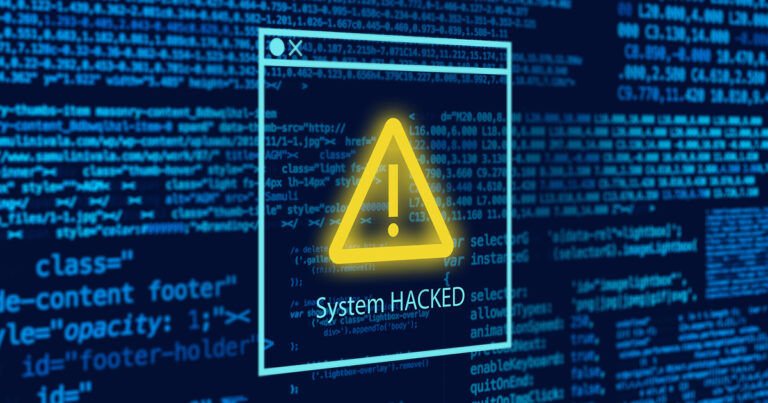Teaching staff to recognize and report scams through employee phishing training programs can prevent businesses from becoming victims of cybercrimes. Increasing employees’ knowledge concerning phishing attempts is important because the majority of successful online attacks are initiated when staff unknowingly download malware through deceptive emails or links. A business owner might believe investing in a managed service provider to monitor systems and firewall protections is enough, but company data is still at risk if staff education is lacking.
To close security gaps, businesses should also invest in phishing training for their employees that includes instruction and performance evaluations as outlined below.
Educating Employees on Phishing Scams
Phishing awareness training educates staff on various cybercrimes and prevention tactics using conventional instruction methods, videos and informational handouts. Many agencies provide resources for employee scam training so managers do not need to start this program from scratch.
Some service providers also have resources available to their customers. As part of its comprehensive security awareness training program, FTC, through its managed IT services, assists employers in training their personnel on phishing scams and other related issues.
It is important to understand that instruction should be repeated every few months to keep staffers vigilant and informed of hackers’ tactics.
Objectives of Phishing Awareness Training
Staff roles may determine the depth of their cybersecurity training, but every employee should have some level of phishing training to help protect customer data and other business records. When instruction is successful, staff will understand these elements of phishing scams:
- The methods of various phishing ploys, from smishing (phishing via text) to vishing (phishing via voicemail) and social engineering
- Red flags of phishing emails, such as suspicious senders, generic greetings and messages, unexpected attachments, poor grammar and spelling errors
- Safe habits, like using multi-factor authentication, performing software updates, adhering to password policies and avoiding unsecured networks
- How to report phishing scams and knowing the protocols for compromised devices
Testing Employees’ Phishing Knowledge
Today’s cybercriminals gain access to business networks through popular social media platforms, applications and fake, look-alike programs, which leaves anyone at any level of the company susceptible to a scam. If there is a weak link, an experienced hacker will find that person and exploit the employee’s lack of phishing training. Measuring staff comprehension through practical exercises lets IT managers know where the company is vulnerable to cyber attacks and where additional education is needed.
Security Quizzes
Once cybersecurity awareness training is complete, managers can test employees to assess their understanding of phishing and other scams. Many agencies, including the Federal Trade Commission and state government websites, offer free online tests, and paid software programs can also be good investments for facilitating employee exams. Dips in performance signal to management that refresher courses are needed or that the program materials should be evaluated.
Phishing Simulations
Whether a business owner is concerned about remote work security or is worried employees have become desensitized to training exercises, unannounced phishing simulations refocus everyone on secure work habits. IT can send a phishing awareness email, which is a message that mimics a scam and tracks who clicks on a link, downloads a file or replies. Repeating these simulations with SMS messages or voicemails tests employees’ understanding of a variety of ploys. Practicing in a controlled environment allows management to gauge vulnerabilities and get security back on track before the network or data is compromised by a real attack.
Measure Results and Adapt
Cybercriminals are always evolving their methods, which means businesses’ phishing training must be ongoing. The results of the quizzes and simulations identify areas where additional training is needed. Updating the coursework or exercises to close the knowledge gaps and improve awareness keeps customer and personnel data safer. When IT personnel can see vulnerabilities, they will know where to step up network monitoring or security.
Even businesses with exemplary phishing training programs can fall victim to cybercrimes. That is why enterprise-level internet with robust security features is a necessity. The IT services for security training and monitoring offered by FTC can keep a business’s networks, devices and data protected.




